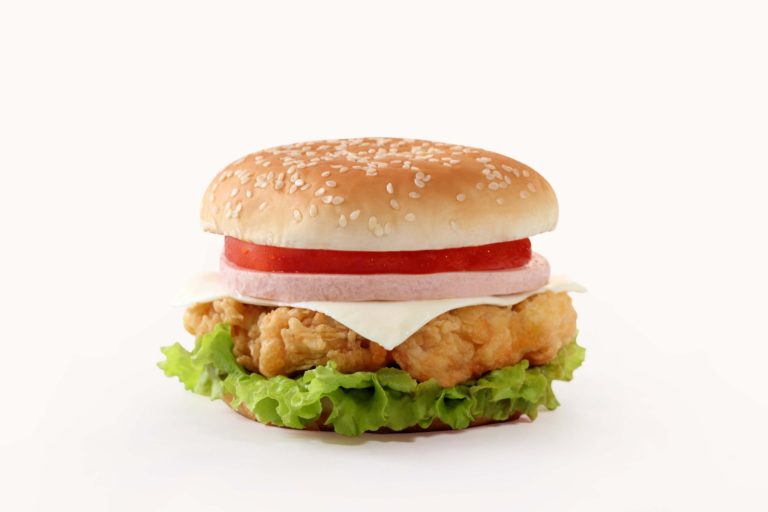Do you know the story behind McDonald’s Filet-O-Fish? For a restaurant chain the specializes in burgers and a handful of chicken products, the inclusion of this one seafood item sure looks sticks out on the company’s nationwide menu. To learn why, you needn’t look any further than Today I Found Out’s article, “The Surprisingly Interesting Story Behind the Filet-O-Fish Sandwich.”That post has the complete story, but here’s a quick summary before we dive into what this anecdote can teach us about the value of competitive mystery shopping:
Struggling Restaurant
Lou Groen was an early franchisee of McDonald’s back in 1960. He was having trouble keeping the business open, however, because McDonald’s was hardly the household name that it is today, and he faced stiff competition from other restaurants in the area that sold similar fare. But there was one particular pain point for his location: he did almost no business on Fridays, while his competitors didn’t seem to have this problem.
In a wonderful example of digging up competitive intelligence, he visited other establishments and discovered that “in addition to standard items like hamburgers and the like, they also sold fish.” It turns out the area around his restaurant was predominantly Catholic, and many Catholics “abstained from eating land or air-based meat products every Friday of the year.” But many Catholics would eat fish, however. And thus, the Filet-O-Fish was born.
There’s more to the story, of course, including his struggle to convince fast-food pioneer Ray Kroc to add the item to the menu. But for our purposes, let’s focus on Groen’s decision to study the competition.
Learning from Lou Groen
Digging up competitive intelligence doesn’t necessarily mean copying other businesses to make your company into a clone. The point is to learn what those competitors are doing well—and even what they’re doing poorly—to inform your own decisions as an owner or manager. In Groen’s case, he needed to figure out why his restaurant was underperforming on Fridays, and he did so by observing what the others were doing. It’s not that the Filet-O-Fish was a facsimile of what the Big Boys restaurant offered: he learned that his competitors were serving the needs of their customers, and so he realized he needed to do the same.
Knowing the specific products your competitors sell or services they offer is important, but their sales and customer service techniques are even more critical. Using competitive mystery shoppers can uncover a lot about how your company’s experience stacks up against theirs.
To do this, The Brandt Group sends the same shopper to different locations, yours and theirs. We don’t tell them you’re our client, however, to ensure we’re getting the most unbiased opinions possible. Using the same survey, the shopper will evaluate each location’s atmosphere, cleanliness, product offerings, and, most importantly, customer service and salesmanship. At the end, we’ll ask them which business they preferred and why.
Sometimes you’ll learn that your competitors are doing a better job at identifying customers’ needs and meeting them, just as Groen learned about the Catholics in his community; other times, you might discover that your competitors aren’t as good at something as your business is, which may prompt you to double-down on your competitive advantage. Either way, competitive mystery shopping will keep you informed, and there’s nothing more important when it comes time to make your decisions.
Want to learn more? Try visiting our page about competitive mystery shopping, and then head over to our contact form to get in touch with us. The Brandt Group is ready to provide you with the tools you need to fuel your business’s sustained growth and profitability. What are you waiting for?




Recent Comments